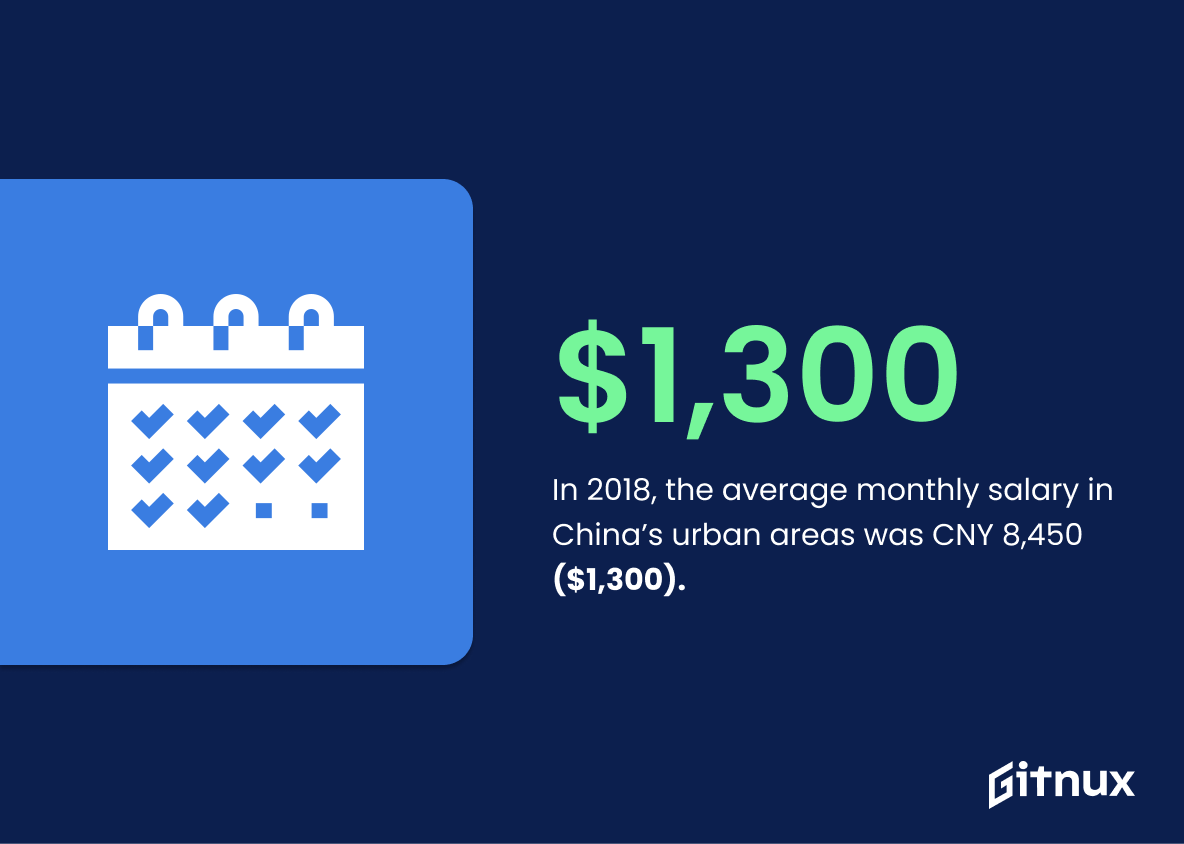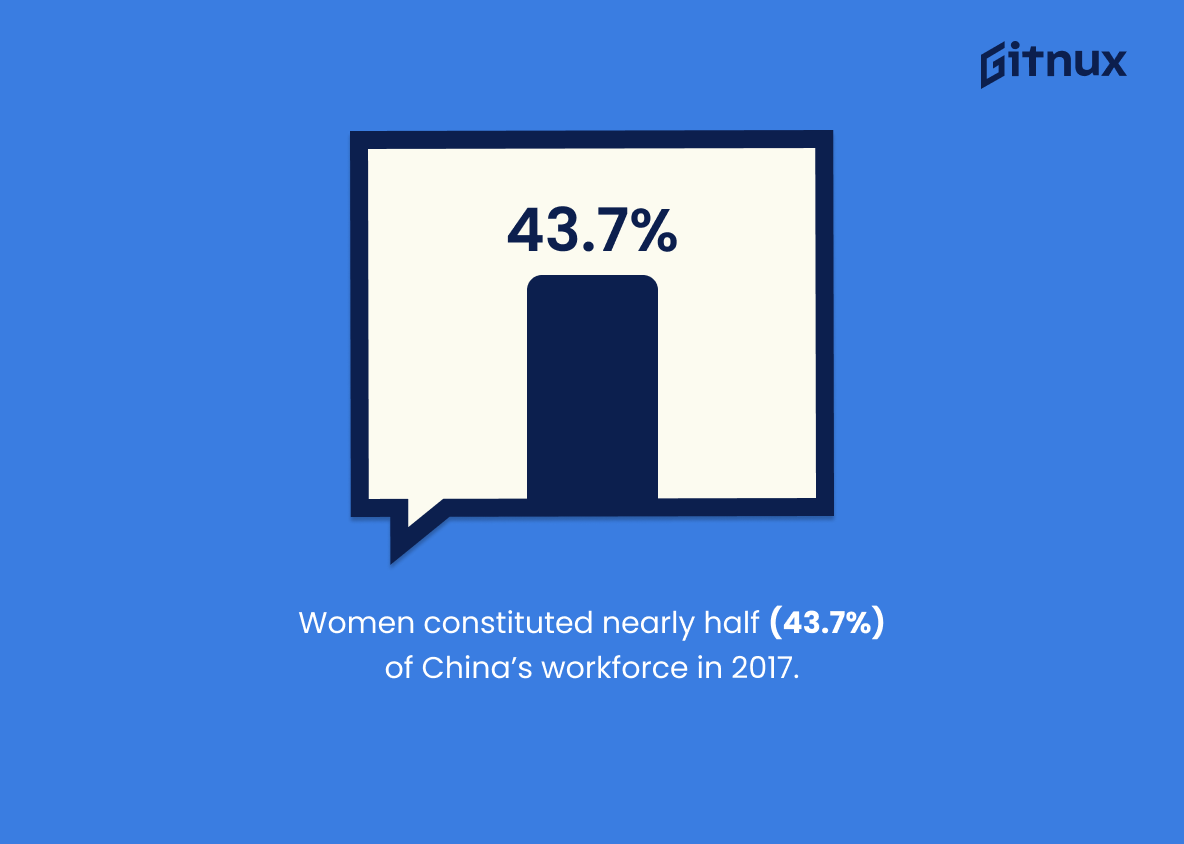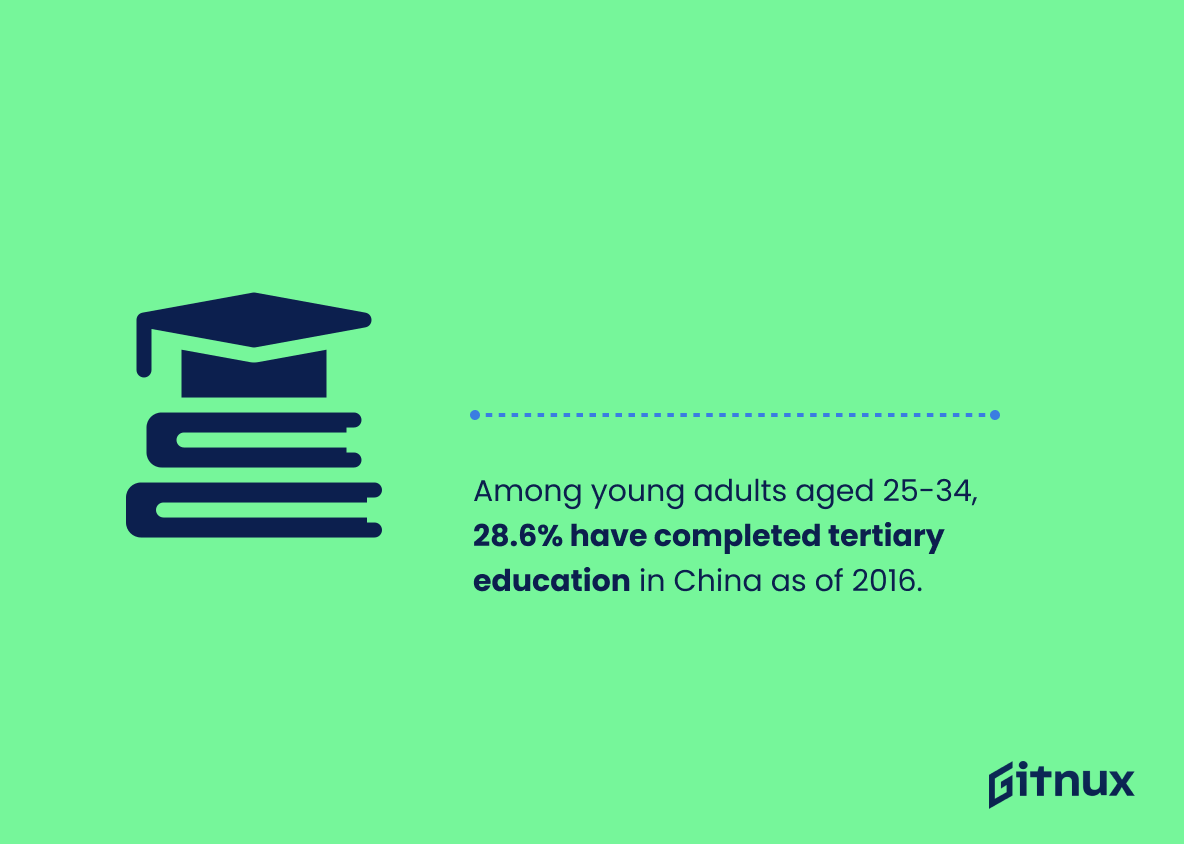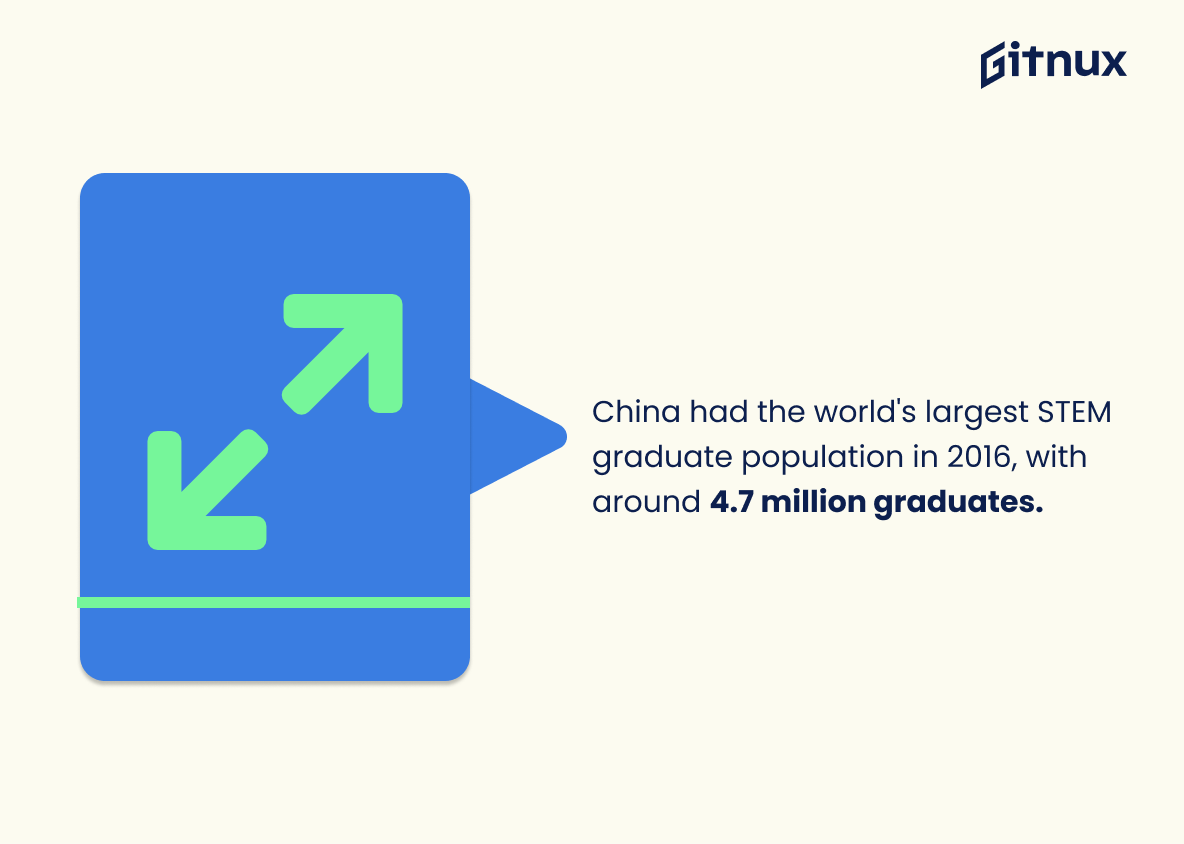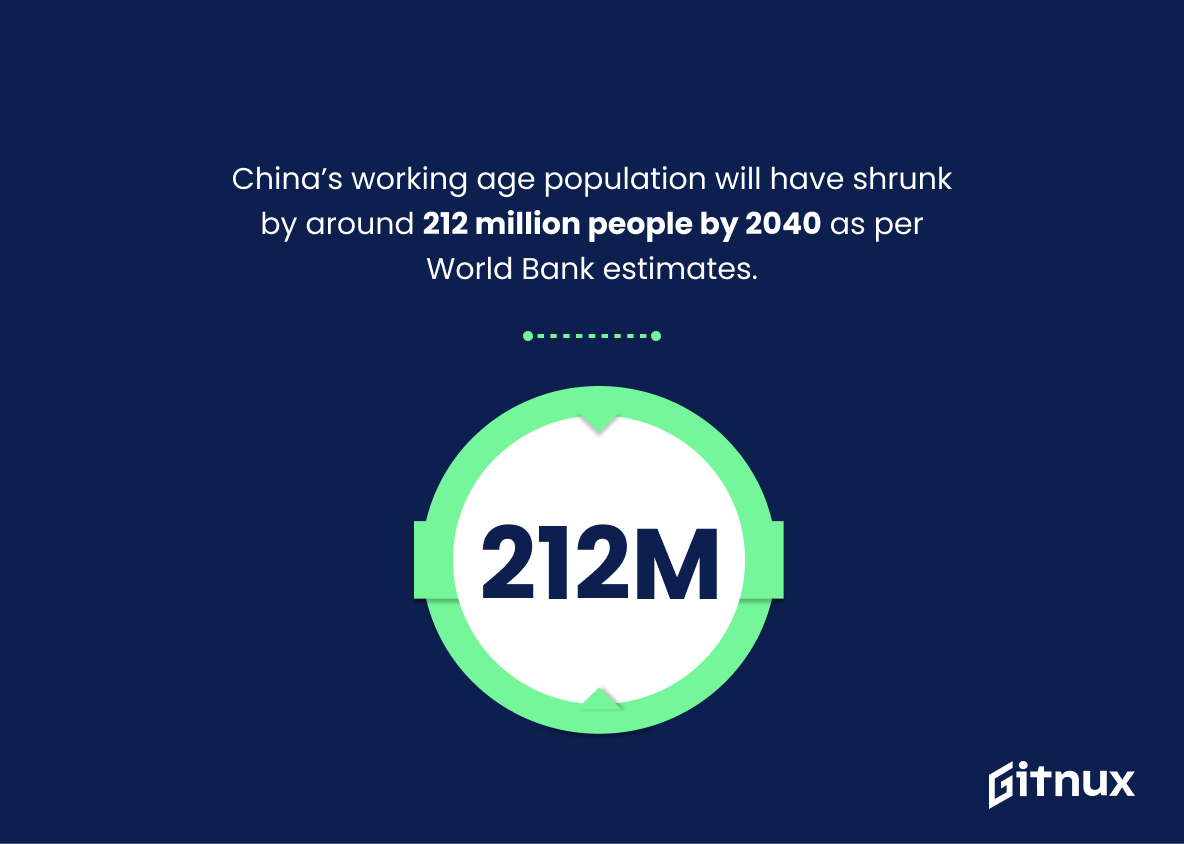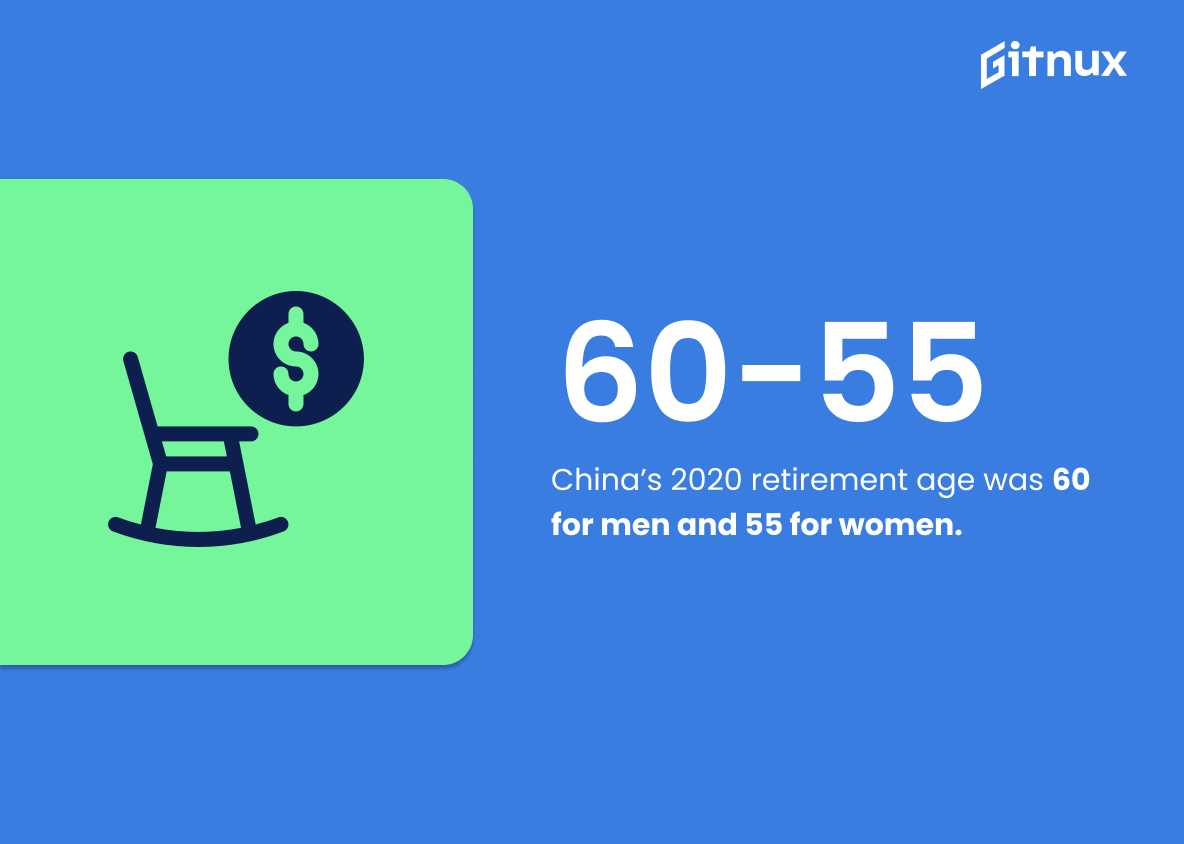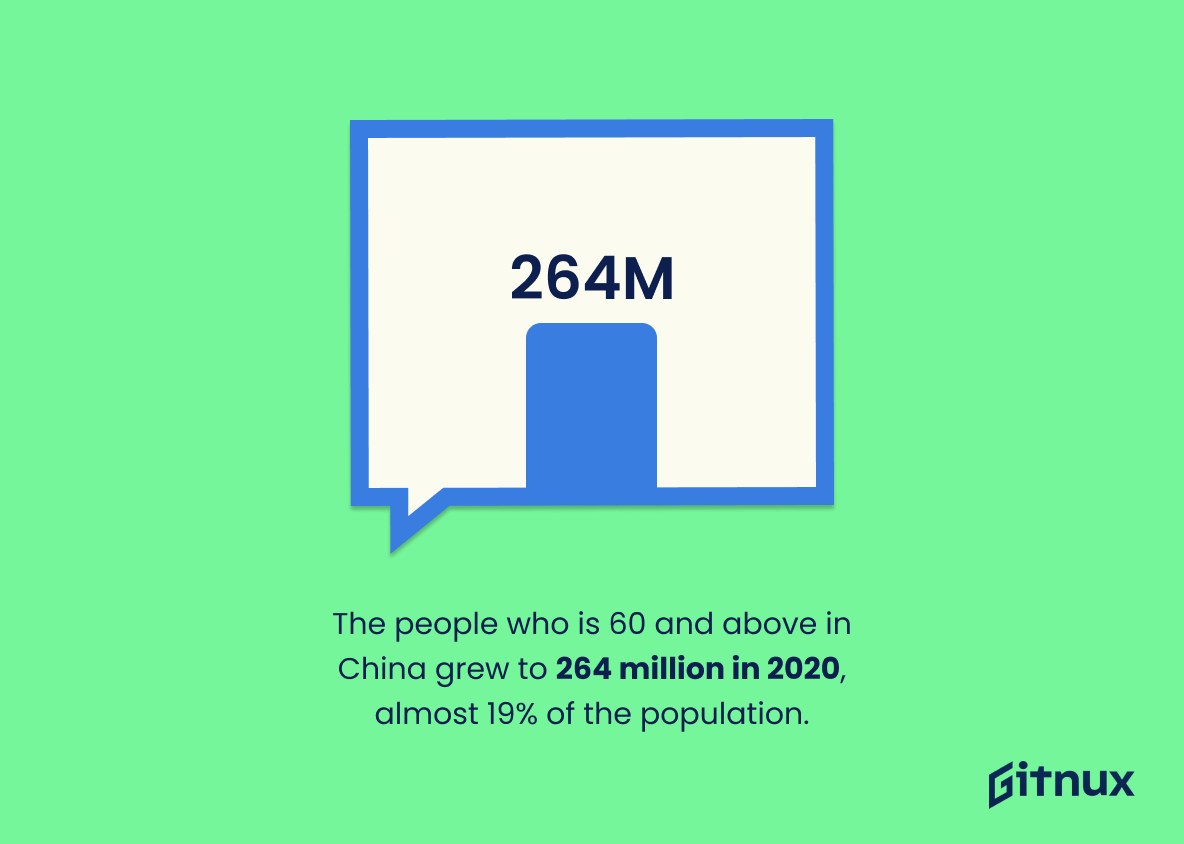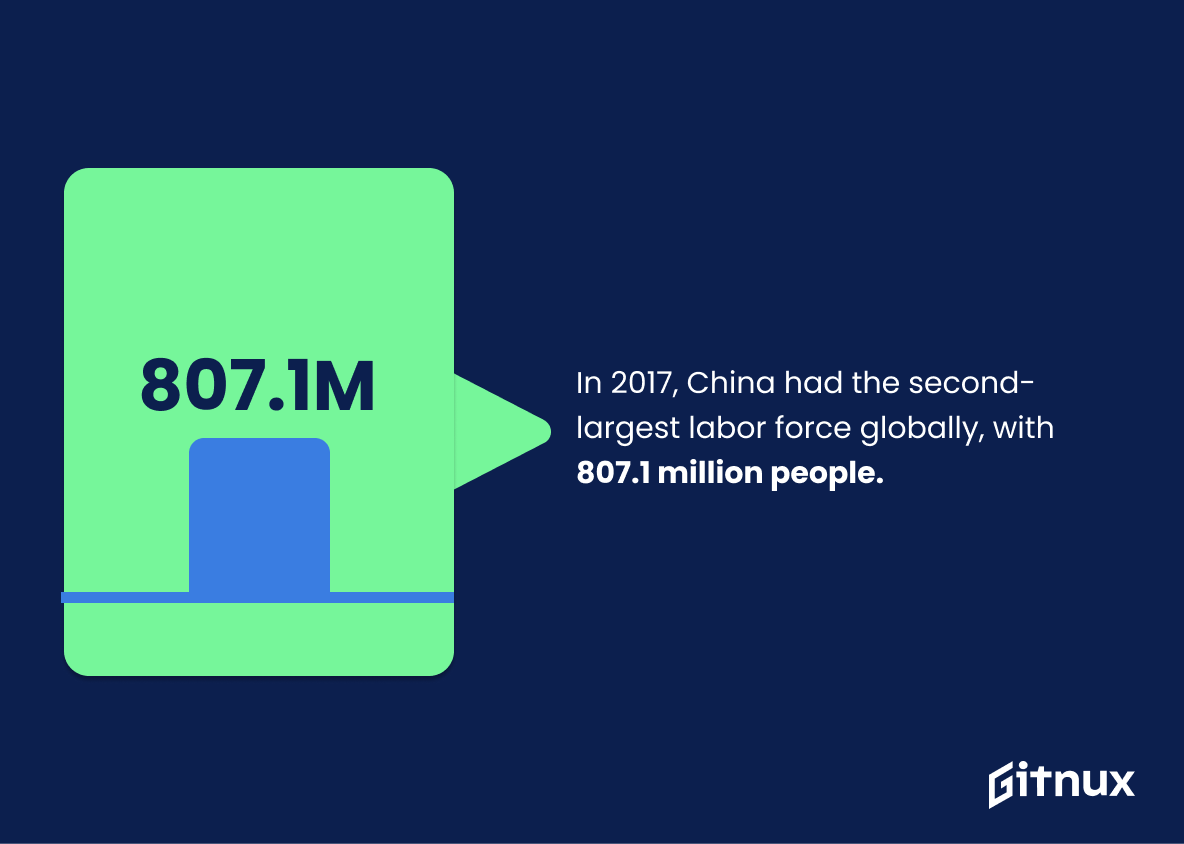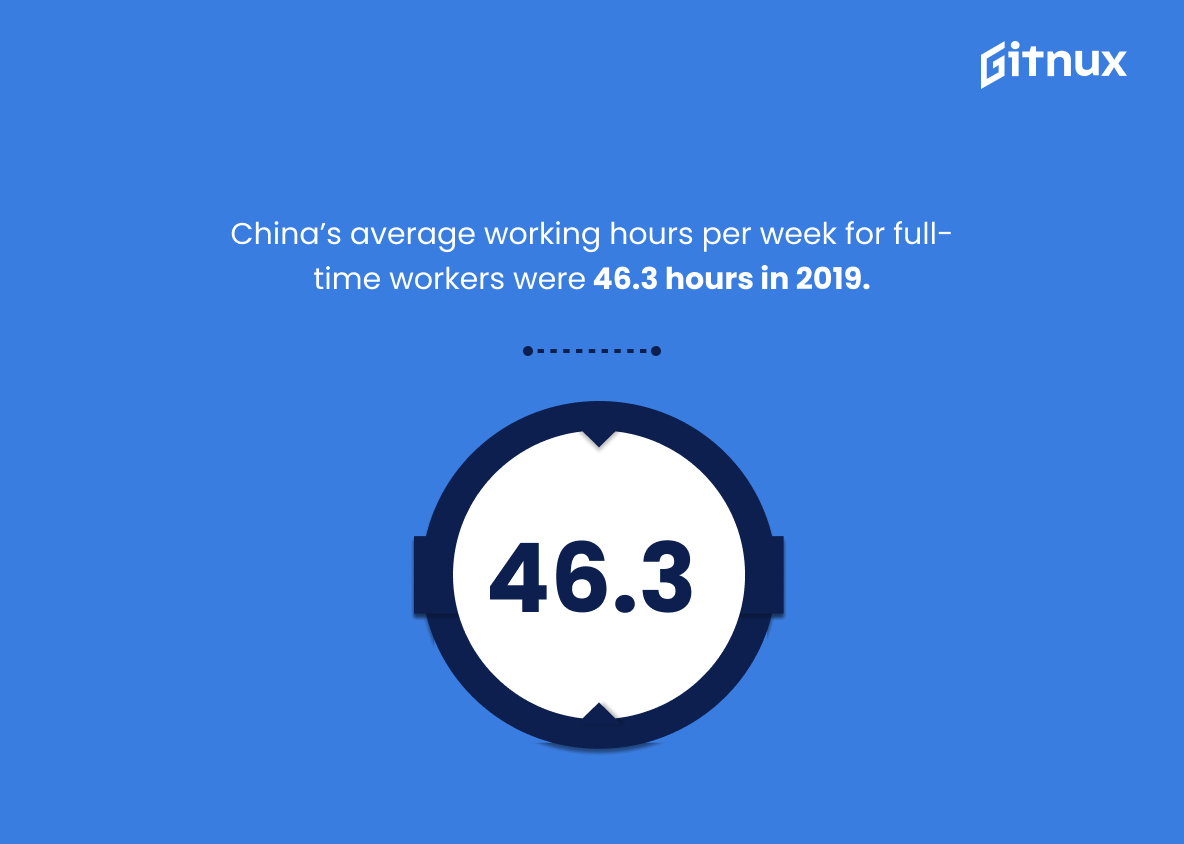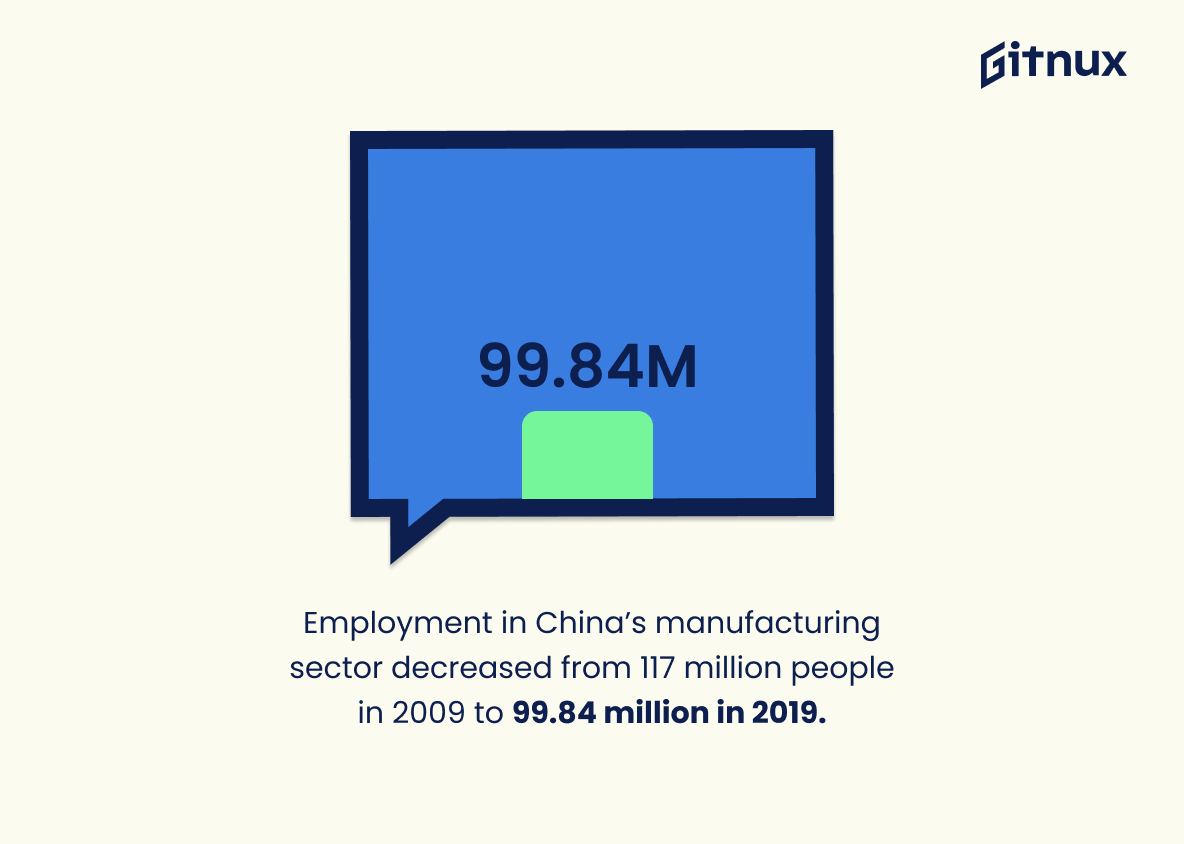As the world’s most populous country, China has a large and diverse workforce. With its population of over 1.4 billion people, it is no surprise that the Chinese labor force plays an important role in driving economic growth both domestically and globally. In this blog post, we will explore some key statistics about China’s workforce to gain insight into how it has evolved over time and what trends are emerging for the future. We’ll look at data on employment levels by sector, average wages, educational attainment among workers, gender representation in the workplace as well as other demographic factors such as age structure and retirement ages. Finally we will examine projections for changes in China’s working-age population through 2050 to get a better understanding of where things may be headed going forward.
China Workforce Statistics Overview
In 2018, the average monthly salary in China’s urban areas was CNY 8,450 ($1,300).
This statistic is a telling indication of the economic state of China’s urban areas. It provides insight into the average salary of the workforce, which can be used to gauge the overall financial health of the country. Additionally, it can be used to compare the wages of different regions and industries, allowing for a better understanding of the Chinese labor market.
Women constituted nearly half (43.7%) of China’s workforce in 2017.
This statistic is a powerful indicator of the progress China has made in terms of gender equality in the workforce. It shows that women are increasingly being given the opportunity to participate in the workforce and contribute to the country’s economic growth. This is an important step forward for China, and it is a sign that the country is taking steps to ensure that all citizens have equal access to economic opportunities.
Among young adults aged 25-34, 28.6% have completed tertiary education in China as of 2016.
This statistic is a telling indication of the educational level of China’s young adult workforce. It speaks to the potential of the country’s future workforce, as those with tertiary education are more likely to be equipped with the skills and knowledge necessary to succeed in the modern economy. This statistic is thus an important factor to consider when discussing China’s workforce statistics.
China has the largest contingent of Science, Technology, Engineering, and Mathematics (STEM) graduates in the world, around 4.7 million in 2016.
This statistic is a testament to the immense potential of the Chinese workforce. It highlights the fact that China is producing a large number of highly-skilled graduates in the STEM fields, which can be harnessed to drive innovation and economic growth. This is especially important in the context of a blog post about China Workforce Statistics, as it provides a glimpse into the country’s potential to become a leader in the global economy.
China’s working age population will have shrunk by around 212 million people by 2040 as per World Bank estimates.
This statistic is a stark reminder of the looming challenge that China faces in terms of its workforce. With a shrinking working age population, the country will have to find ways to make up for the loss of labor and ensure that its economy continues to grow. This could mean a shift in focus towards automation and technology, or a greater emphasis on immigration and foreign labor. Whatever the solution, this statistic serves as a warning that China must take action now to ensure its future economic success.
China’s 2020 retirement age was 60 for men and 55 for women.
The retirement age in China is an important statistic to consider when discussing the workforce in the country. It provides insight into the average age of the workforce, as well as the potential for older workers to remain in the workforce. It also speaks to the gender gap in the workforce, as women are required to retire earlier than men. This statistic is a key indicator of the overall health of the Chinese workforce and can provide valuable insight into the current state of the labor market.
The number of people aged 60 and above in China grew to 264 million in 2020, almost 19% of the population.
This statistic is a telling indication of the changing dynamics of the Chinese workforce. With almost 19% of the population aged 60 and above, it is clear that the Chinese workforce is aging rapidly. This has implications for the labor market, as the elderly population is likely to be less productive and require more resources to support them. This could lead to a shortage of skilled labor and a decrease in economic growth. Additionally, the aging population could lead to an increase in healthcare costs, as the elderly are more likely to require medical attention. As such, this statistic is an important factor to consider when discussing China’s workforce statistics.
China’s youth unemployment rate (ages 15-24) was 13.8% in 2020.
The statistic of China’s youth unemployment rate in 2020 is a telling indicator of the state of the Chinese workforce. It speaks to the challenges that young people face in finding employment, and the potential for economic hardship in the future. This statistic is especially important in the context of a blog post about China’s workforce statistics, as it provides a snapshot of the current state of the labor market and the potential for future growth.
In 2017, China had the second-largest labor force globally, with 807.1 million people.
This statistic is a testament to the sheer size of China’s labor force, which is second only to India’s. It highlights the immense potential of the Chinese workforce and the potential for economic growth that it holds. It also serves as a reminder of the importance of the Chinese workforce in the global economy, and the need for policies that ensure its continued growth and development.
China’s average working hours per week for full-time workers were 46.3 hours in 2019.
This statistic is a telling indication of the workloads that Chinese workers are facing. It highlights the fact that Chinese workers are putting in long hours, often at the expense of their own health and wellbeing. This statistic is an important part of understanding the overall picture of the Chinese workforce and the challenges they face.
Job creation in China reached 11.86 million new urban jobs in 2020.
This statistic is a testament to the strength of China’s workforce, demonstrating the country’s ability to create jobs and provide employment opportunities for its citizens. It is a key indicator of the country’s economic health and stability, and provides insight into the potential for future growth. As such, it is an important statistic to consider when discussing China’s workforce statistics.
Employment in China’s manufacturing sector decreased from 117 million people in 2009 to 99.84 million in 2019.
This statistic is a telling indication of the changing landscape of China’s workforce. It highlights the shift away from the manufacturing sector, which has traditionally been a major source of employment in the country. This shift has implications for the Chinese economy, as well as for the workers who have been displaced from their jobs in the manufacturing sector. It is an important statistic to consider when discussing China’s workforce statistics.
Conclusion
The Chinese workforce is facing a number of challenges, including an expected decline of 23% by 2050 and the first decrease in six years in 2020. Despite this, China’s labor force still remains one of the largest globally with 775.9 million people as of 2020. The participation rate for working-age population (aged 16-59) was 91.57%, while high school graduates made up 48% of urban labor force and rural migrant workers constituted 36.43%. In 2018, average monthly salary in urban areas was CNY 8,450 ($1,300). Women accounted for 43.7% and young adults aged 25-34 had 28.6% tertiary education completion rate as per 2016 estimates; 4.7 million STEM graduates were also reported that year from China alone – making it the highest worldwide at that time period . By 2040 World Bank estimates project 212 million fewer people within its working age population compared to current figures; retirement age currently stands at 60 for men and 55 for women respectively while youth unemployment rate (ages 15–24) reached 13
References
0. – https://www.statista.com
1. – https://www.worldbank.org
2. – https://www.weforum.org
3. – https://www.ceicdata.com
4. – https://www.chinadaily.com.cn
5. – https://www.scmp.com
6. – https://www.reuters.com
7. – https://www.catalyst.org
8. – https://www.pensionsage.com
9. – https://www.data.worldbank.org
10. – https://www.oecd.org
